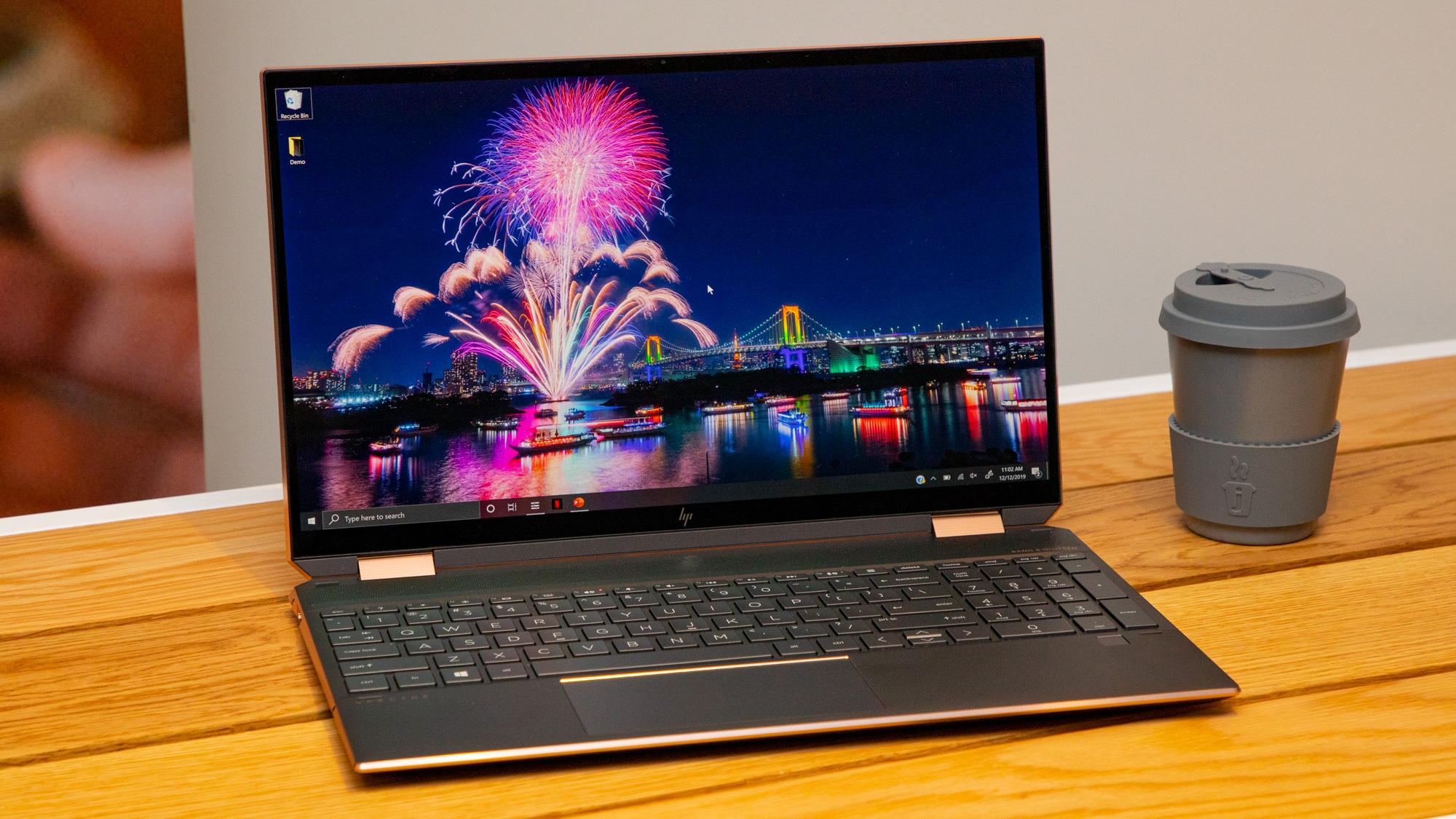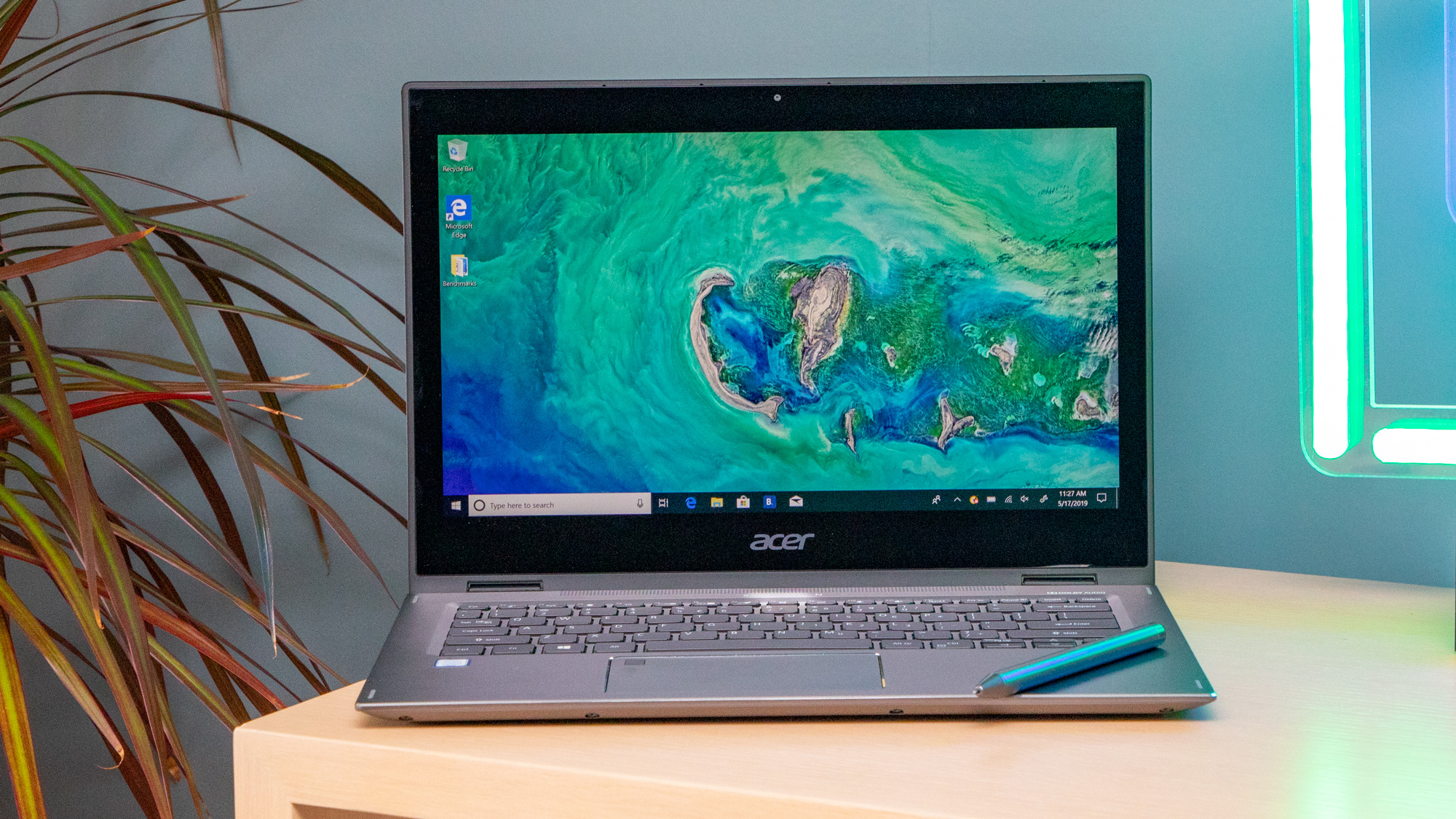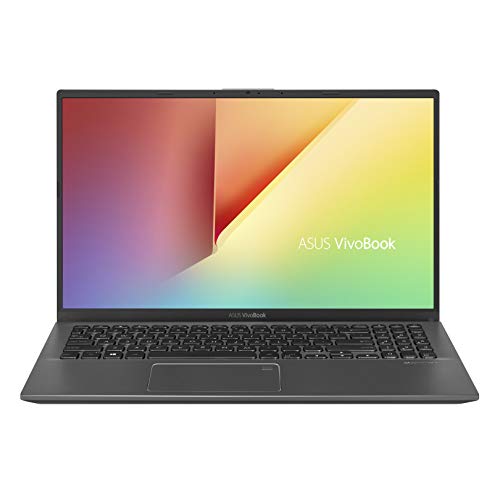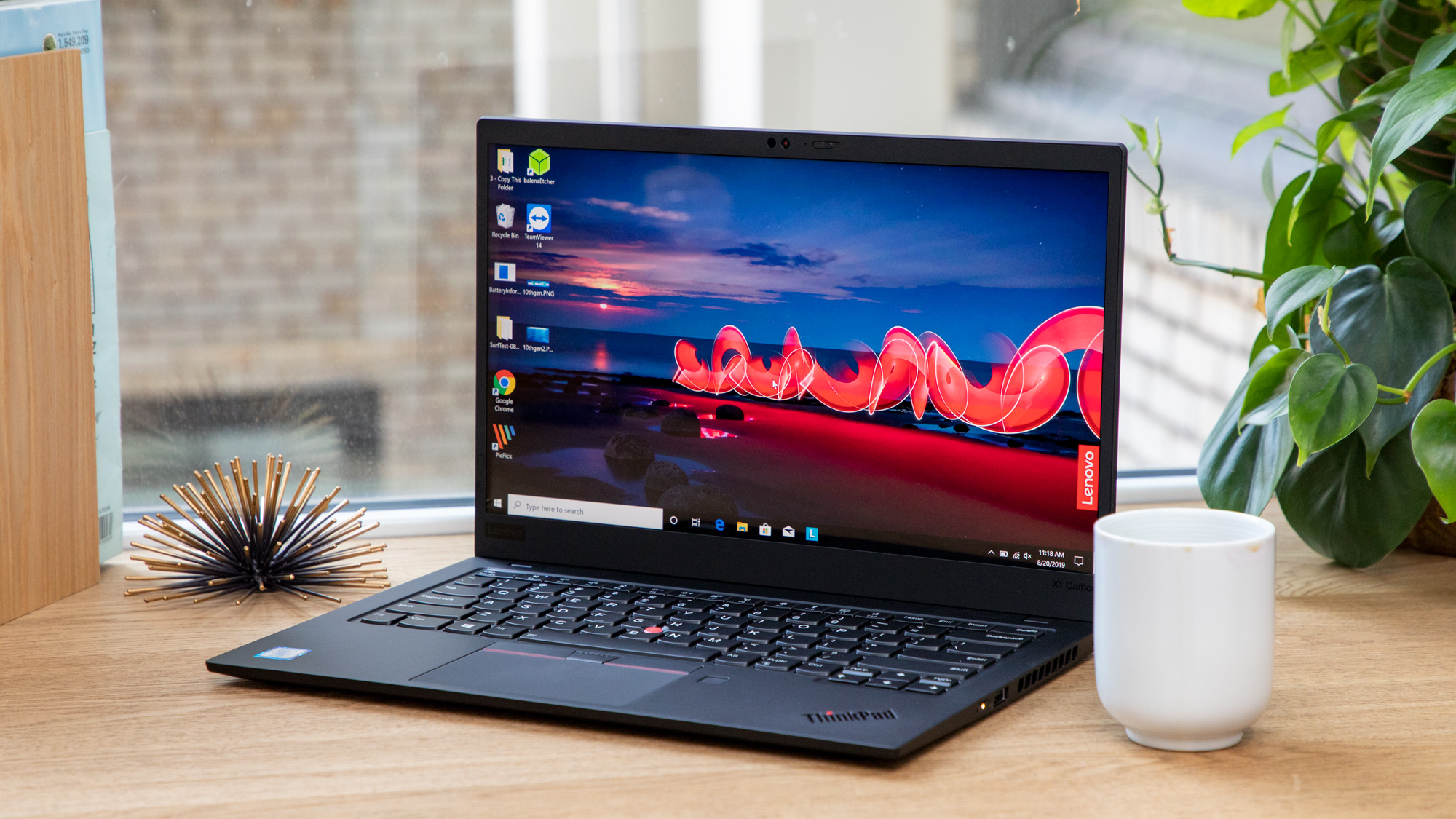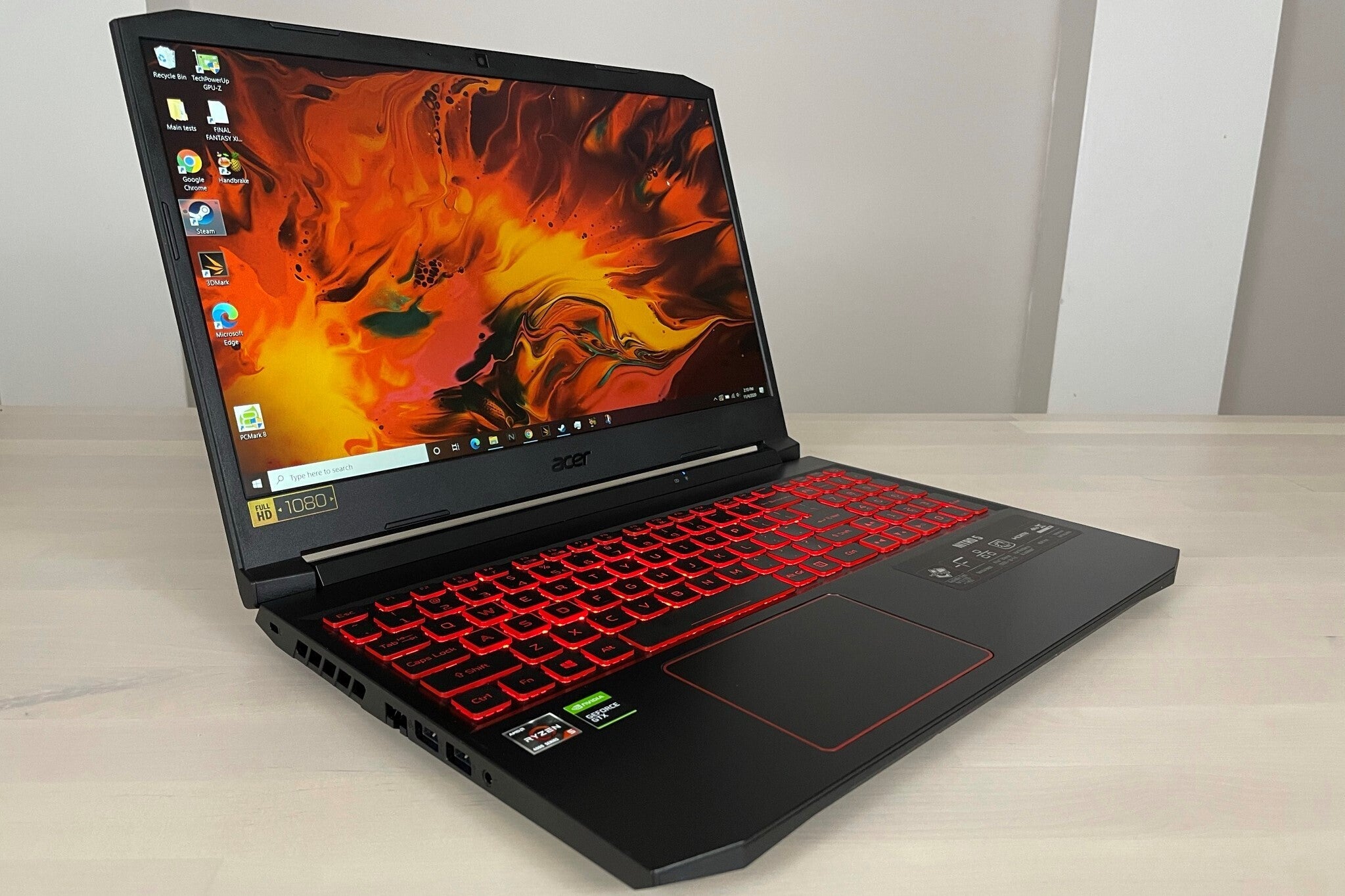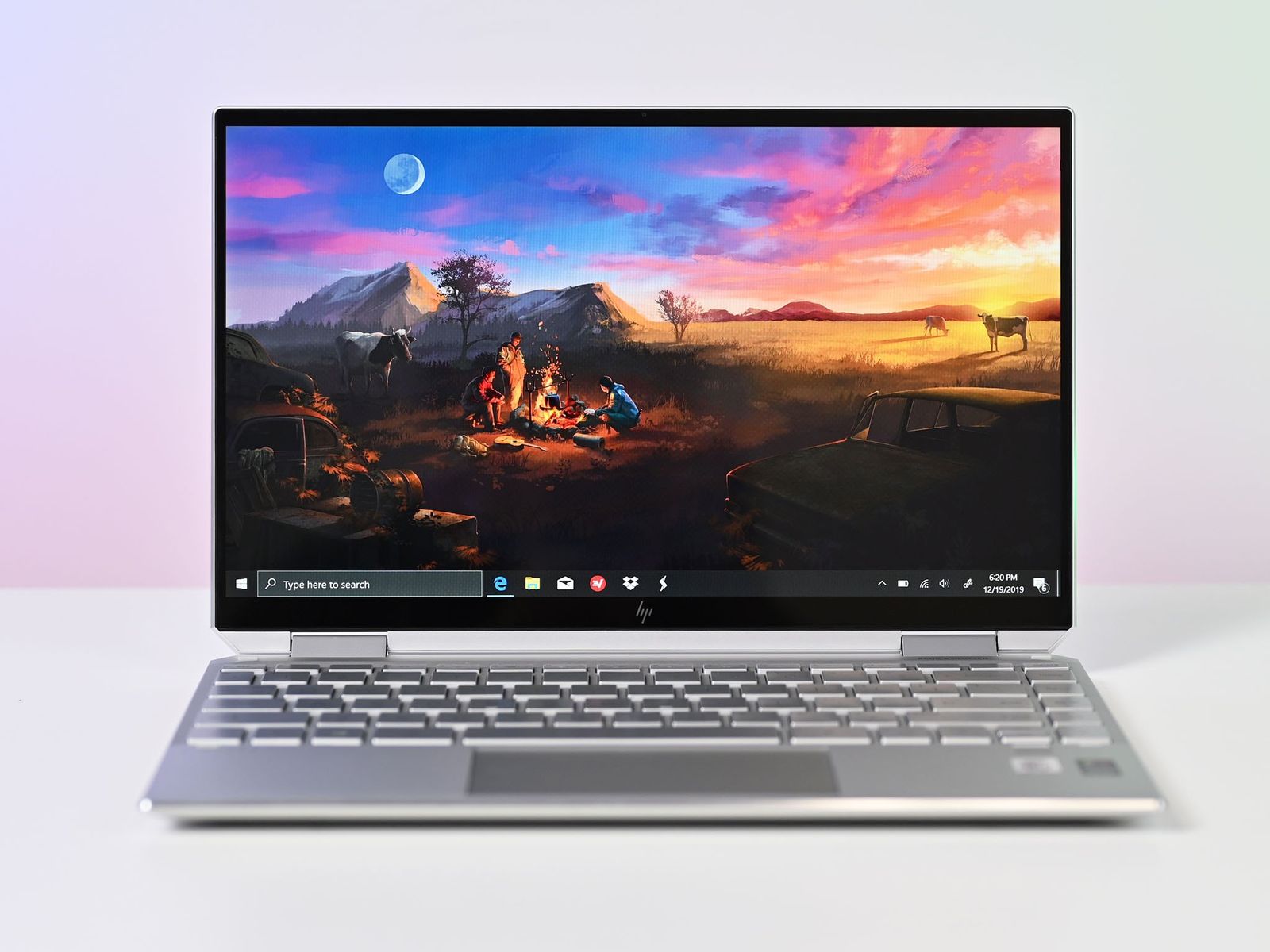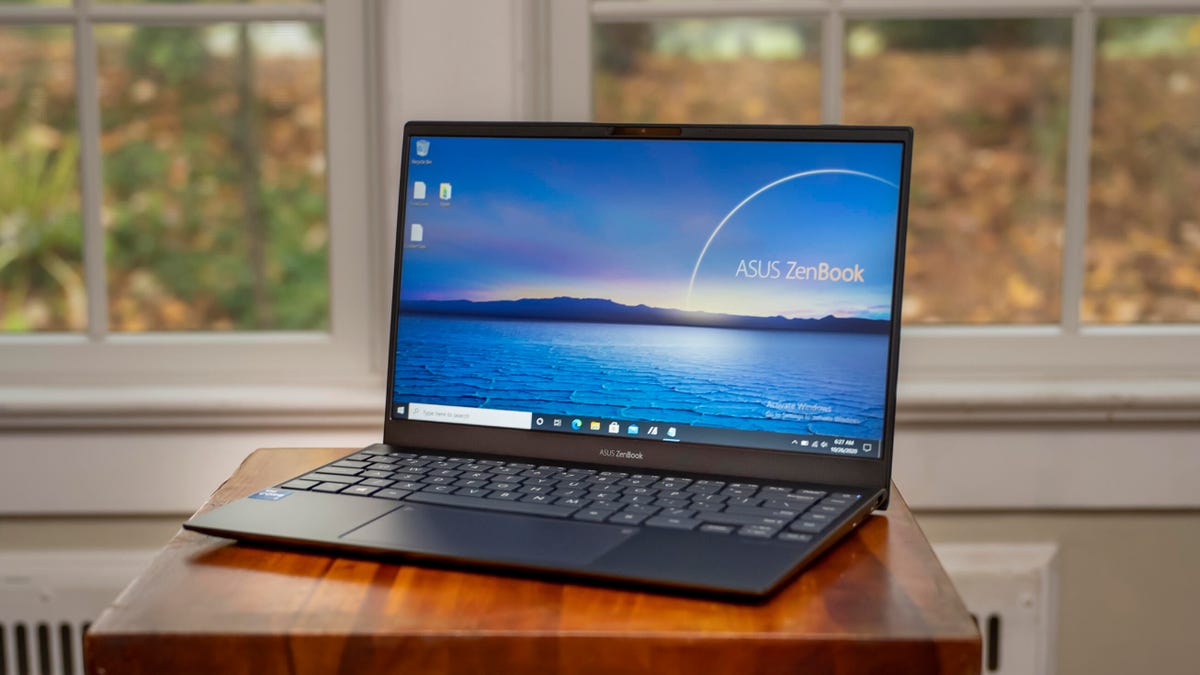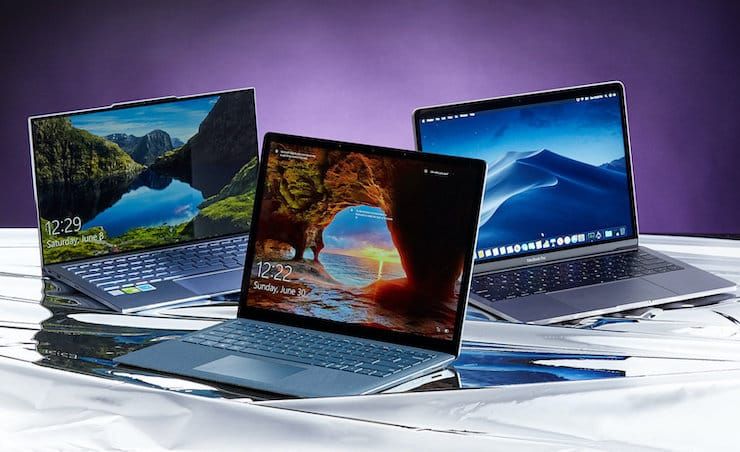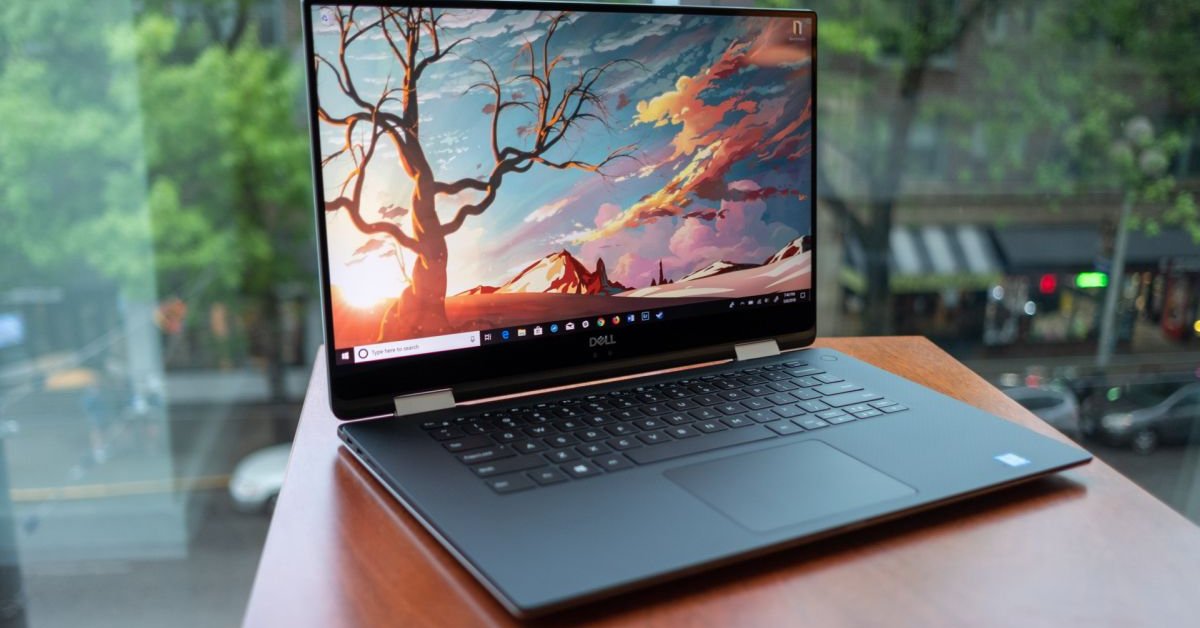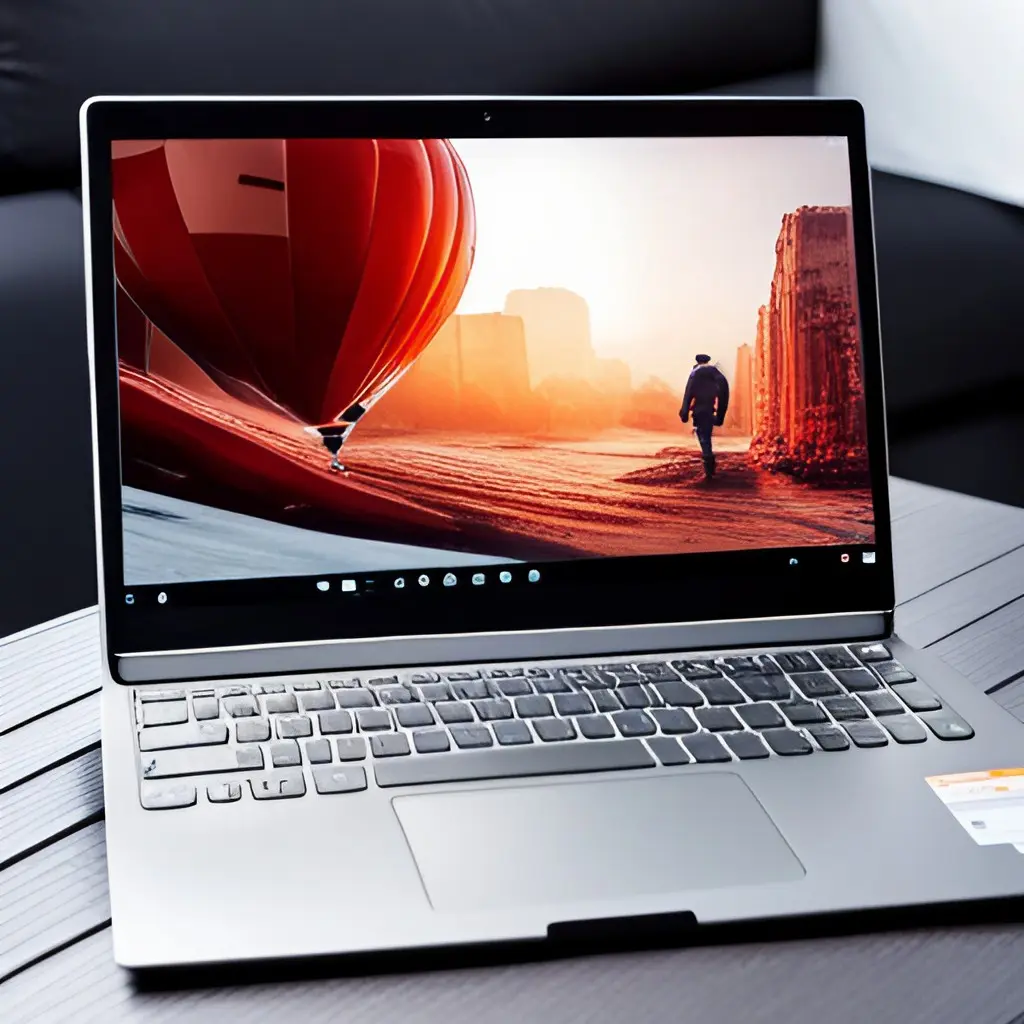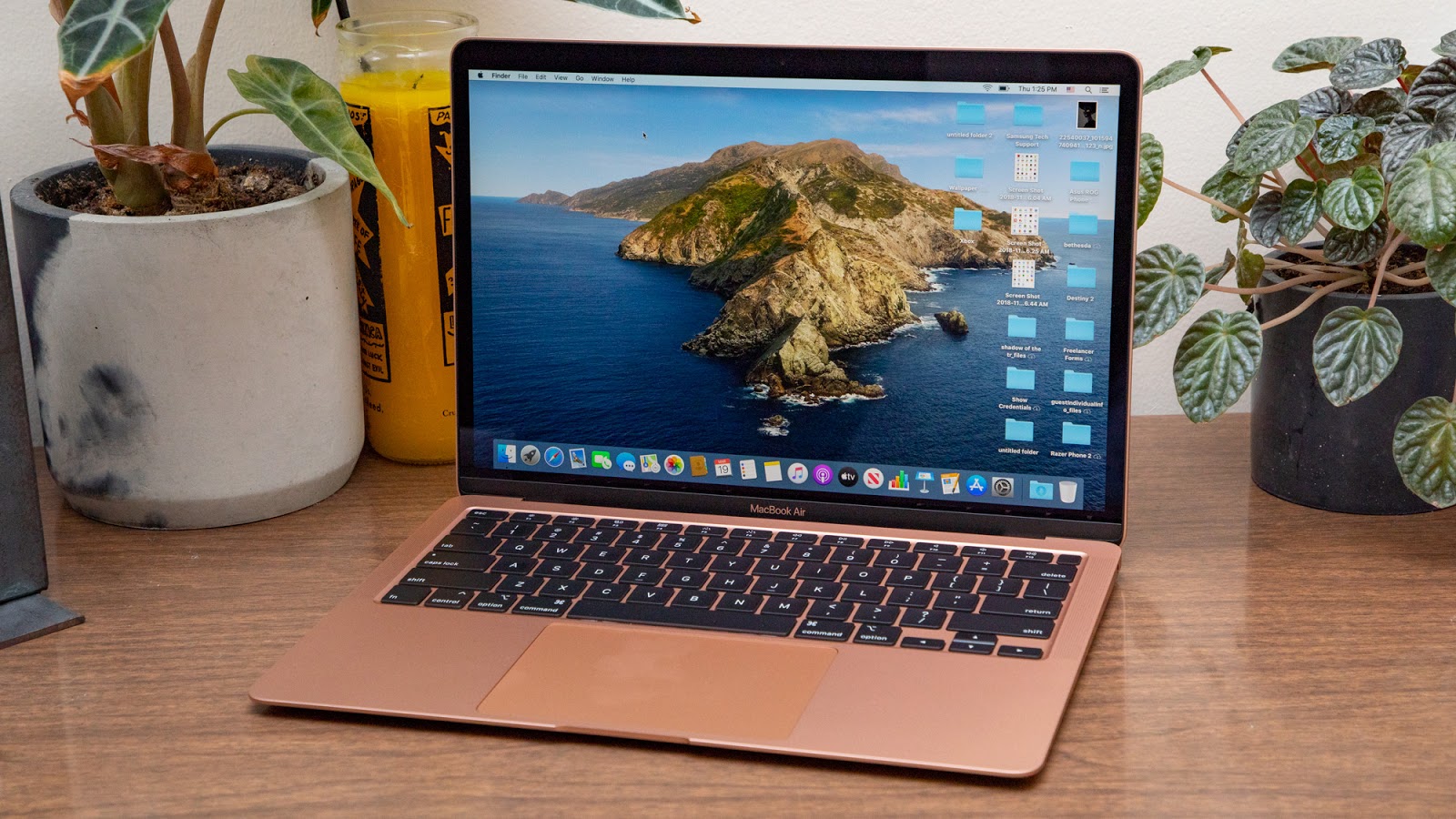Best Laptop For Film Editing 2020
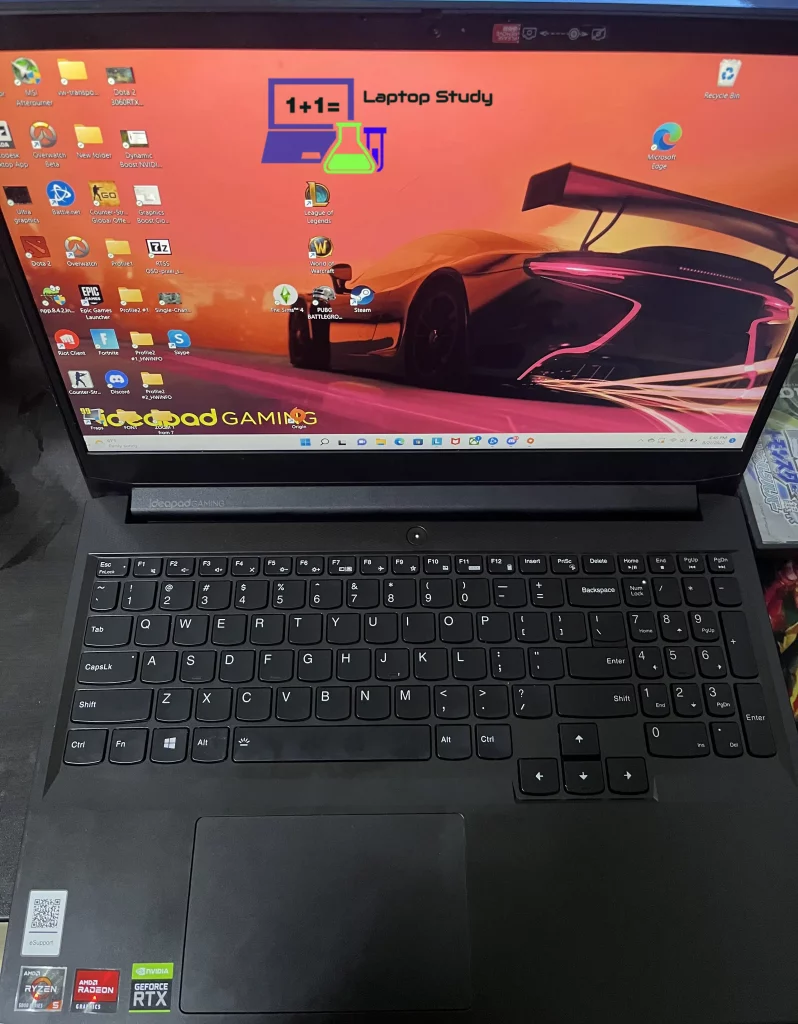
So, you're ready to jump into the world of film editing? Fantastic! But before you start crafting cinematic masterpieces, you need the right tools. Specifically, you need a laptop that can handle the demands of video editing software, 4K footage, and everything in between. We'll break down the best laptops for film editing in 2020, focusing on what matters most for first-time buyers.
Why does your laptop matter? Film editing is resource-intensive. A slow or underpowered machine can lead to frustrating lag, crashes, and wasted time. Think of it as your digital editing suite – you want a solid foundation to build your creative vision on.
Top 5 Laptops for Film Editing (2020): A Quick Comparison
Here's a quick overview of some of the top contenders, followed by more in-depth reviews.
| Model | Price (USD) | Processor | RAM | Storage | Graphics Card | Warranty |
|---|---|---|---|---|---|---|
| Apple MacBook Pro 16-inch | $2,399+ | Intel Core i7/i9 | 16GB - 64GB | 512GB - 8TB SSD | AMD Radeon Pro 5300M/5500M | 1 Year Limited |
| Dell XPS 15 | $1,299+ | Intel Core i5/i7/i9 | 8GB - 64GB | 256GB - 2TB SSD | NVIDIA GeForce GTX 1650 Ti | 1 Year Limited |
| HP Spectre x360 15 | $1,349+ | Intel Core i7 | 16GB | 512GB - 2TB SSD | NVIDIA GeForce MX330 | 1 Year Limited |
| Razer Blade 15 | $1,599+ | Intel Core i7 | 16GB - 32GB | 256GB - 1TB SSD | NVIDIA GeForce RTX 2060/2070/2080 | 1 Year Limited |
| ASUS ROG Zephyrus G14 | $1,049+ | AMD Ryzen 7/9 | 8GB - 32GB | 512GB - 1TB SSD | NVIDIA GeForce RTX 2060 | 1 Year Limited |
Detailed Reviews
Apple MacBook Pro 16-inch
The MacBook Pro 16-inch remains a top choice for many video editors. Its powerful processors, stunning display, and optimized software integration make it a workhorse.
The price is a major factor for some. But if you're already invested in the Apple ecosystem, the seamless workflow can be worth the premium.
Dell XPS 15
The Dell XPS 15 provides a fantastic balance of power and portability. It's a sleek and well-built laptop with a vibrant display.
Its dedicated graphics card is sufficient for most editing tasks. The Dell XPS 15 provides a strong performance for the price.
HP Spectre x360 15
The HP Spectre x360 15 is a versatile 2-in-1 laptop. It offers a premium design and a responsive touchscreen.
While its graphics card isn't as powerful as some other options, it's still capable of handling many editing tasks. The 2-in-1 functionality is a plus for creative workflows.
Razer Blade 15
The Razer Blade 15 is a gaming laptop that doubles as a powerful video editing machine. Its strong CPU and graphics card provide excellent performance.
The Razer Blade 15 is a good choice for those who also enjoy gaming. Consider the battery life, as it may not be as long-lasting as some competitors.
ASUS ROG Zephyrus G14
The ASUS ROG Zephyrus G14 is a compact and powerful laptop with an AMD Ryzen processor. It offers impressive performance in a small package.
The battery life is also a standout feature. This make it ideal for editing on the go.
Used vs. New: Weighing the Options
Buying a used laptop can save you money. However, there are risks to consider.
Pros of Buying Used: Lower price, access to higher-end models at a reduced cost.
Cons of Buying Used: Shorter lifespan, potential for hidden issues, limited or no warranty, outdated technology.
Pros of Buying New: Full warranty, latest technology, peace of mind.
Cons of Buying New: Higher upfront cost, depreciation.
If you're on a tight budget, a certified refurbished model from a reputable seller can be a good compromise. Always thoroughly inspect any used laptop before purchasing.
Reliability Ratings by Brand
Reliability can vary between brands. Here's a general overview based on industry reports and customer reviews:
- Apple: Generally considered highly reliable, especially with proper care.
- Dell: Offers a good balance of performance and reliability.
- HP: Reliability can vary depending on the model; research specific models.
- Razer: Known for performance, but reliability can be a concern for some users.
- ASUS: Generally reliable, especially the ROG series.
These are just general trends. Always check recent reviews for the specific model you're considering.
Checklist: 5 Must-Check Features Before Buying
- Processor: Look for at least an Intel Core i5 (8th gen or newer) or an AMD Ryzen 5. An i7 or Ryzen 7 is recommended for more demanding tasks.
- RAM: 16GB is the bare minimum for video editing. 32GB is ideal.
- Storage: A fast SSD (Solid State Drive) is essential. Aim for at least 512GB. A 1TB SSD provides ample space.
- Graphics Card: A dedicated graphics card (NVIDIA GeForce or AMD Radeon) will significantly improve performance.
- Display: Look for a display with good color accuracy and resolution. A 15-inch or larger screen is recommended for comfortable editing.
Key Takeaways
Choosing the best laptop for film editing involves balancing power, portability, and budget. Consider your specific editing needs and the types of projects you'll be working on.
Don't skimp on essential components like RAM and storage. They can significantly impact your editing experience.
Research different brands and models, and read reviews from other users. Weigh the pros and cons of buying used versus new.
Make an Informed Decision
Film editing is a demanding task. Investing in the right laptop is crucial for a smooth and efficient workflow. Consider the factors mentioned in this article, and choose a laptop that meets your specific needs and budget.
Ready to find the perfect laptop? Start by browsing the models mentioned above and compare their specifications. Good luck and happy editing!

